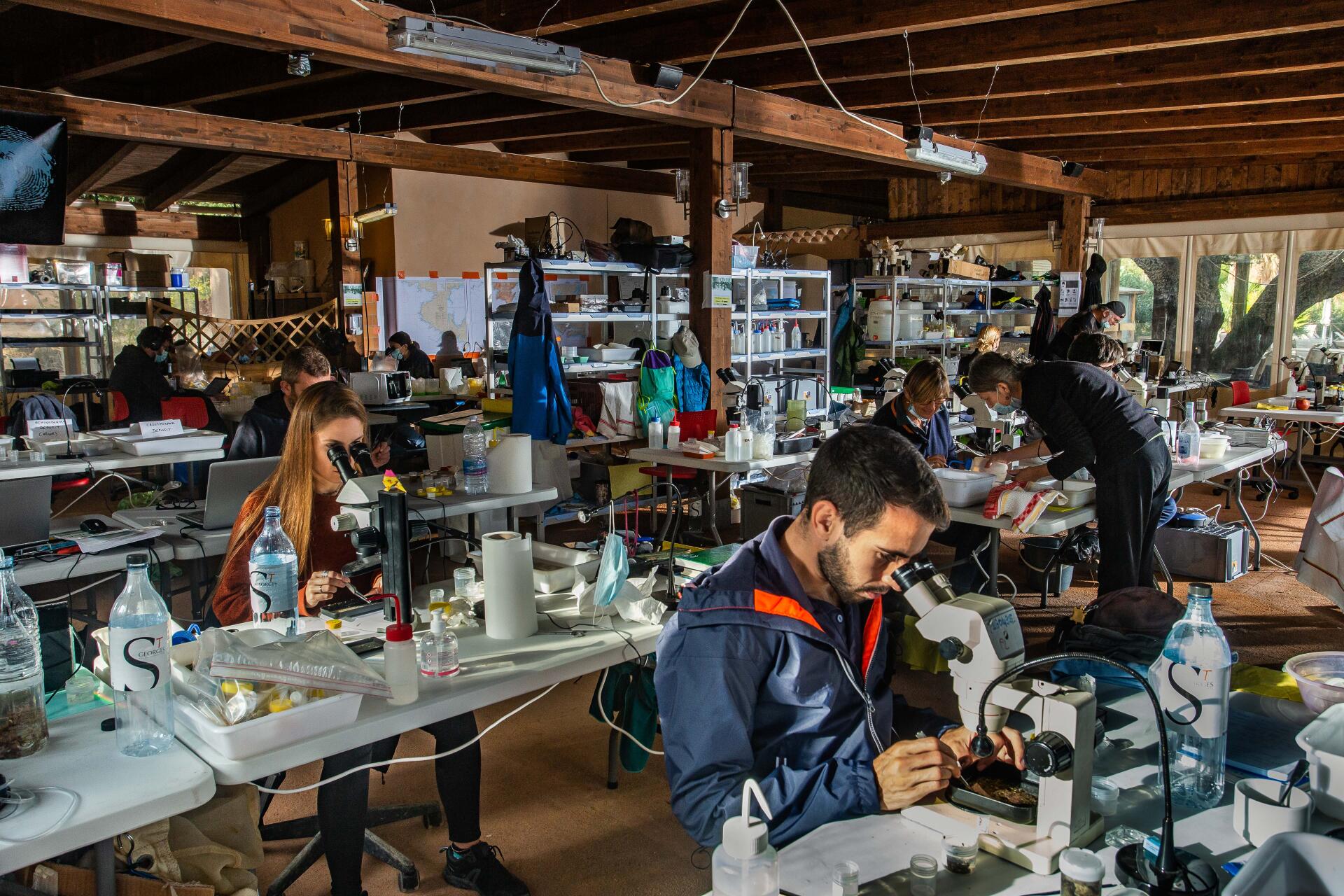InvestigationThere would be 8 million to 10 million species living on Earth, of which a little more than 2 million have been described. The taxonomy, ant work, may take place while the species identified has disappeared.
Of the tail, the chin, the description holds in a big paragraph. “Above the elbow, the arms darken gradually to black hands. (…) The face is black with a broad white nose fleshy and broad white rings that encircle completely the eyes. The hair of the head form a crest, or are at least long and irregularly structured. ” Between the lines of these physical considerations, and hair hides a small event for the science : the publication of this description in a scientific publication, here the November issue of the journal of chinese Zoological Research, an official of the langur of Popa, or Trachypithecus popa, a new species of primate.
This discovery is the result of years of work, international collaboration and upheaval of geopolitical factors. It was first necessary to that the burmese junta leave power and the country opens up to foreign researchers, in early 2010. Then, scientists have had to go survey the local people about the presence of wildlife. Then make long walks to identify and collect the indicators of the presence of this small monkey, fierce by picking up its droppings on mount Popa, a dormant volcano in the centre of Burma.
He still had compare the data collected with those of other countries in the region. Use the most modern techniques by analysing samples of DNA. And back of the tracks up to the museums of natural history in New York, Singapore or London, where a specimen of a langur from Popa was kept for more than a century. A genuine effort on investigation, it was confirmed that this animal was separated from other known species there is a million of years. “Barely described this new species, of which there remain less than 250 individuals, is threatened with extinction “, since the discovery recalled Frank Momberg, director of the Asia-Pacific programme of the NGO Fauna & Flora International.

System binomial
The discoveries of new primate – of which there are 512 species – are rare, but often have an echo in the world. Unlike almost all the others : each year, about 20 000 new species are described, without fanfare. Small stones that add up to this monumental edifice that is the inventory of plants and animals, which began several centuries ago. A mammoth task and a labour of the ant continues to do so, species after species.
You still 87.92% of this article to read. The suite is restricted to subscribers.

